Social media marketing is both an art and a science. As you become a more proficient marketer, you’ll be able to rely on your intuition and expertise to some extent. However, if you really want to know how your campaigns are performing, it’s vital to keep a close eye on your social media metrics.
Whether you’re just starting out or you’ve been at this for a while, tracking a few key numbers is a smart move. You’ll be able to see whether or not your campaigns are succeeding, and target the areas needing improvement. You can even gather the same metrics throughout multiple campaigns, to find out which strategies are most effective.
1. Page views
Let’s start with something simple. The first hurdle you need to clear is getting people to actually see your social media content, especially if you’re a smaller business. All the work you do to create high-quality, converting posts won’t produce results if no one runs across them.
Therefore, the first of the social media metrics you’ll want to watch is your ‘page views’. As the term suggests, this tells you how many people have seen your content. Not only is this vital for determining whether you’re actually reaching your audience, but it’s also key for calculating some of the other social media metrics we’ll discuss.
Fortunately, just about every social media platform offers an easy way to see how many views you’ve had, although the exact names for this metric can vary. For example, on Twitter you’ll want to pay attention to Profile visits and Tweet impressions in your Analytics dashboard:
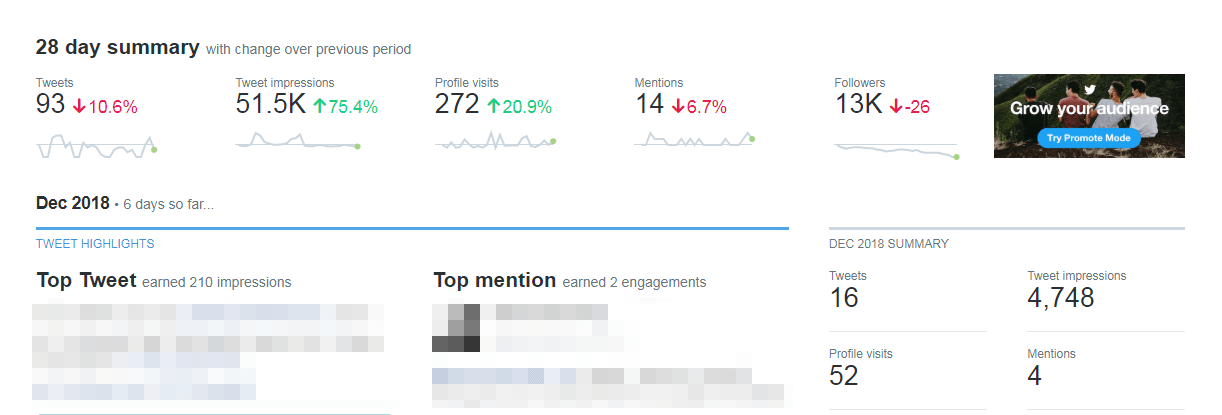

Profile visits lets you know how many people have visited your main account page, while Tweet impressions measures how often your tweets have been seen.
Naturally, the higher your page views are, the better. However, what’s more important is to watch this metric over time. If your campaigns are doing their job, you should see a steady increase over time. Stalled page views, on the other hand, are a signal to re-think your strategy.
2. Audience growth rate
On each social media platform you use, you’ll have some kind of core audience. This can be your ‘followers’, ‘subscribers’, ‘fans’, or something else. These are the people who have indicated active interest in your brand and want to see more of what you have to offer.
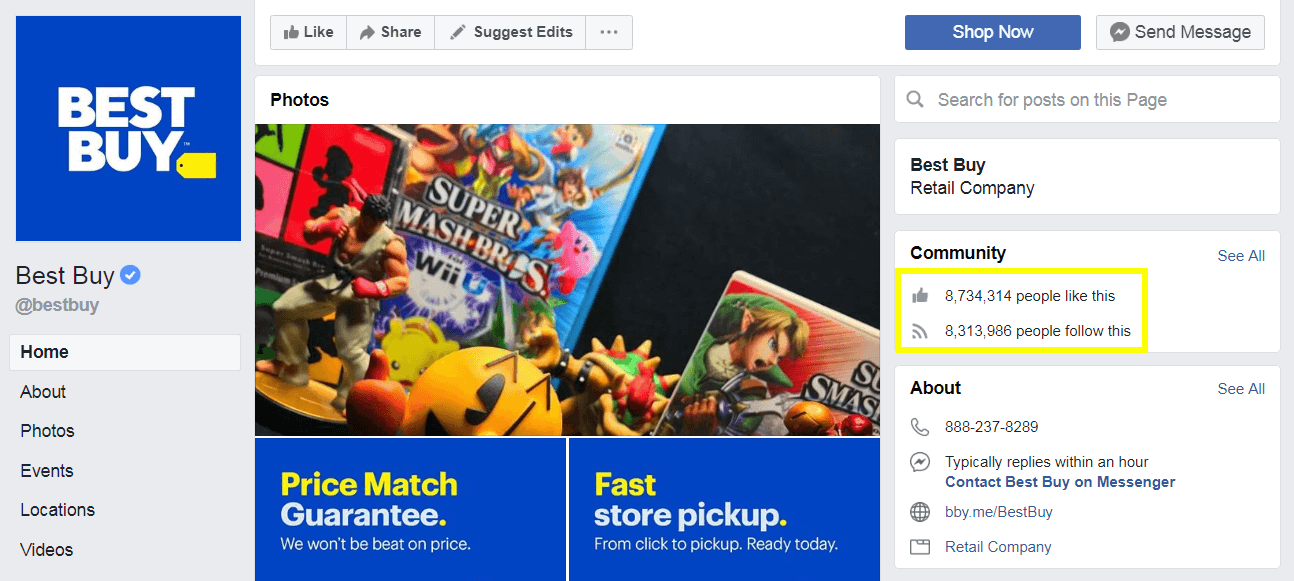

Growing this audience is vital since users who have taken the time to follow your page are more likely to engage with your content and ultimately convert. So while it may seem like enough to simply keep an eye on the number of followers you have, a better approach is to track your audience growth rate.
This simply means tracking the same audience-based metric over a period of time, and seeing how fast it’s increasing. For instance, you could record the number of your Facebook page followers over a few months, and use some basic division to calculate how many followers you’re gaining per day or per month (on average).
What’s most important is to determine that you have a positive growth rate for each of your target social media platforms. This will mean you’re gaining followers over time, rather than losing them. You can also do some research into the average growth rates for a given platform and industry, to see if you’re measuring up. On Facebook, for example, the average audience growth rate is around 7%, although it can be as high as 22% for certain industries (such as tourism).
3. Engagement rate
So far, the social media metrics we’ve been talking about let you know how many people are seeing and electing to follow your content. However, this is only half the battle. If users are viewing your social posts but not taking action, you’re not going to see the increase in conversions you seek.
‘Engagement’ on social media is simply any action a person takes to interact with your content. This could involve ‘liking’ a page, for example, or sharing (or retweeting) a post with their own followers. Encouraging more of this engagement should be one of the primary goals of any social media marketing campaign.
People who share your posts are improving your visibility and reach, and those who engage with your content are demonstrating an interest in your message and/or brand. Of course, what exactly engagement means will vary based on the platform you’re using. You’ll need to consider both what the engagement options are on a given site, and what goals you’re trying to achieve.
If you want to track platform-specific engagement, many social media sites provide this information for you. On Twitter, for instance, you can find an Engagement rate metric for each individual post:
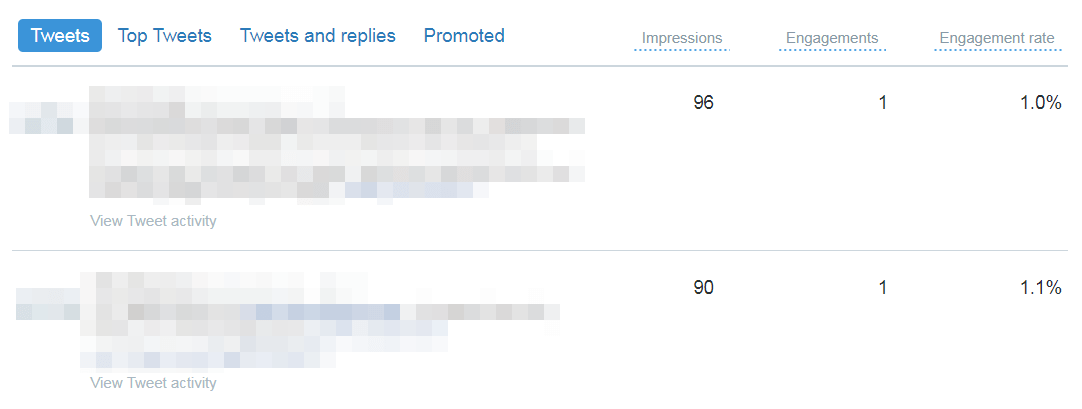

This measures the sum total of all the clicks, retweets, replies, follows and likes the tweet has received, compared to its impressions. Don’t be worried if this number is quite low – engagement rates are often in the 1% to 5% range. Just as with the above metric, you may want to do some research into each specific platform, to find out if the engagement rates you’re seeing are normal for your industry.
4. Click-Through Rate (CTR)
Technically speaking, the next of our key social media metrics is also a measure of engagement. However, it’s important to consider this analytic separately, both because it’s very important and because it’s often measured through different means.
Click-Through Rate (CTR) means exactly what it sounds like. It’s the percentage of people who see a link and proceed to click on it. This differs from the other types of engagement we discussed above since we’re talking about URLs rather than platform-specific types of interactions.
Links are vital to just about any social media campaign. Many (if not most) of your posts should include links – to your website or blog, your product pages, and more. Someone who clicks on one of these links is one step closer to taking whatever action you’re encouraging, such as signing up for an email list or purchasing a product.
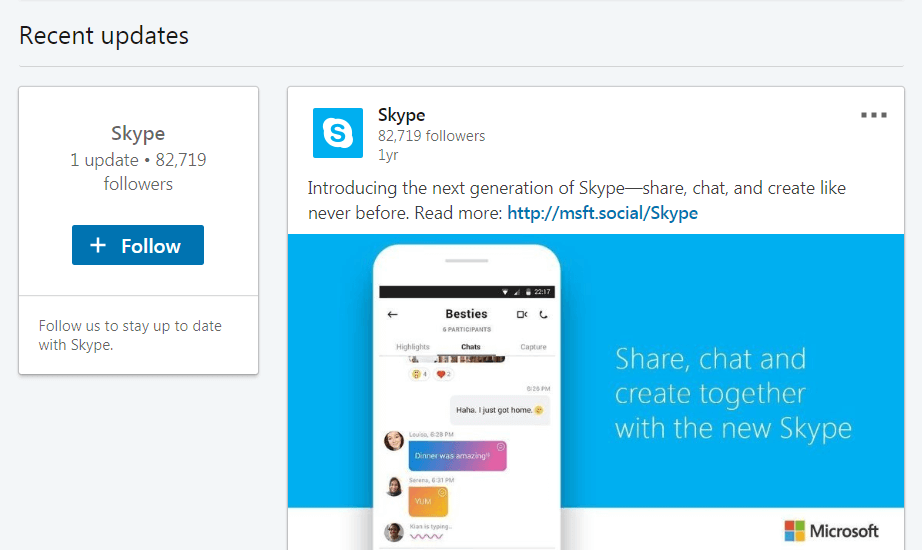

If you want to track your CTRs, you’ll first need to create shortened, ‘trackable’ URLs. For best results, you should create a specific link for each campaign and platform. If you need more information on how to do this, we have an entire guide to setting up URL tracking for your social media campaigns.
Let’s look at an example of how this might work in action. For example, you’ve posted a LinkedIn update that includes a link to your latest blog post. By using a unique URL, you can track how many people click on it in order to visit the post. Then, you can compare this to the total number of people who viewed the post on LinkedIn. This tells you what percentage of those who saw the message chose to click through, giving you an idea for how compelling your message was.
5. Conversions and conversion rate
Last but certainly not least, you don’t just want to track how many people click through to see what’s on the other end of your links. You also want to know how many of them make the final step you’re looking for. In other words, you need to keep tabs on how many new conversions are coming your way as a result of your social media campaigns.


After all, you can’t just let a campaign loose and then tally up how many conversions you saw in the week or month afterward. There’s no way to know where each of those conversions resulted from.
It’s much more valuable to know not only how many conversions happened as a direct result of your campaign, but which social media platforms were the highest (and lowest) performers. This tells you where to focus your efforts next time, such as zeroing in on the most successful sites or bolstering up the ones that lagged behind.
As with the last metric, the key to tracking conversions with this level of specificity is to include detailed Urchin Tracking Module (UTM) codes at the end of your links. The only difference is that instead of just paying attention to who clicks through to your blog post or homepage, you want to keep tabs on who makes it all the way through to purchasing a product, signing up for a membership, or whatever else your Call To Action (CTA) might be.
How to start tracking your social media metrics
At this point, you may be wondering how you can begin tracking the social media metrics listed above. Fortunately, there are a lot of tools and platforms to help you do just that.
As we’ve mentioned, many social media sites will provide you with some kind of analytics dashboard, where you can view key numbers related to views and engagement. However, for even more information, there are few better tools than Google Analytics:
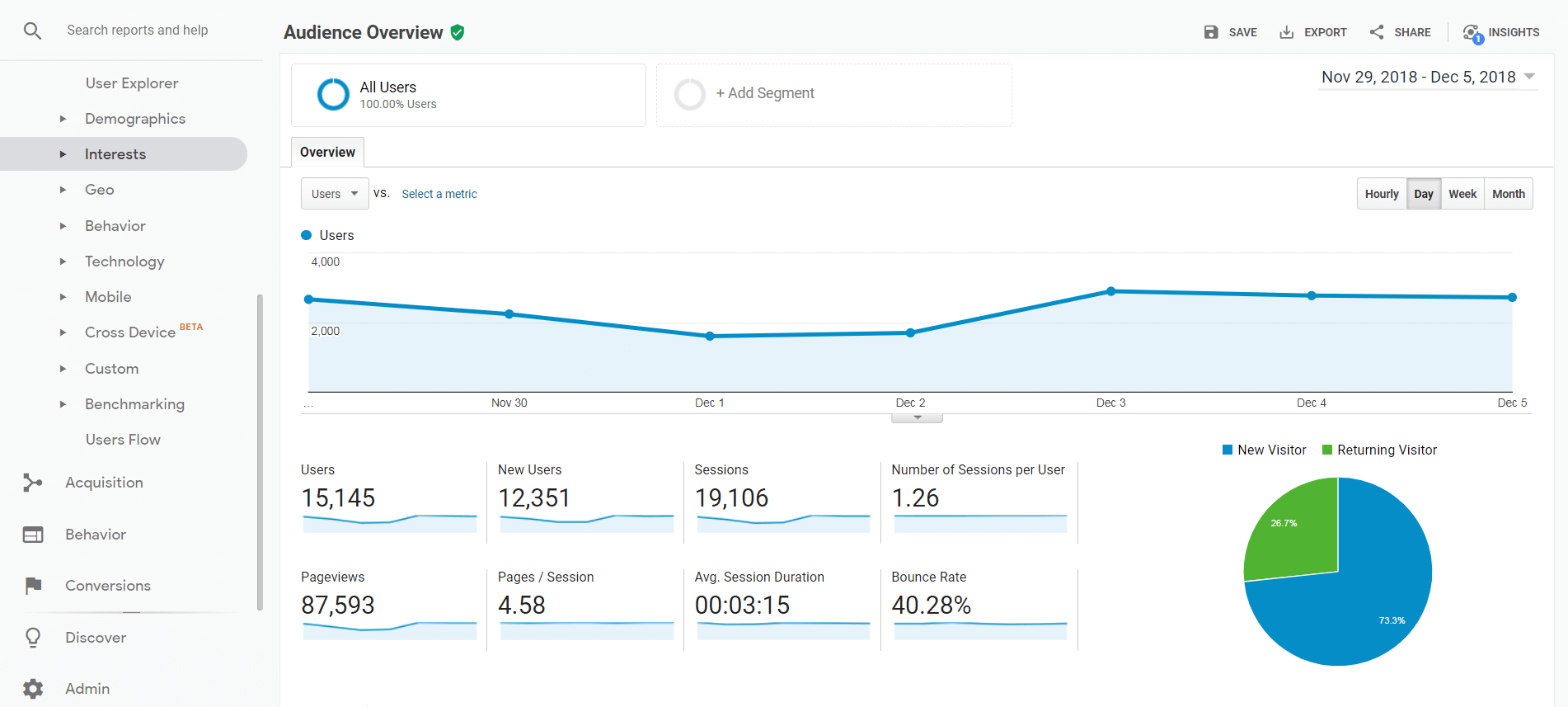

This solution is free, easy to use, and offers the power and reach of Google as a key selling point. To get started, you can check out our full guide to tracking social media metrics with Google Analytics. The rest is up to you!
Conclusion
If you conduct any kind of #SocialMediaMarketing for your business, you need to track the results. Here are the metrics that matter.
Click To Tweet
While there are many numbers you can track, these five social media metrics should be at the top of your list:
- Page Views
- Audience Growth Rate
- Engagement Rate
- Click-Through Rate (CTR)
- Conversions and Conversion Rate
Do you have any questions about how to track and understand the social media metrics we’ve discussed? Ask away in the comments section below!
The post 5 Essential Social Media Metrics Every Business Owner Should be Tracking appeared first on Revive Social.